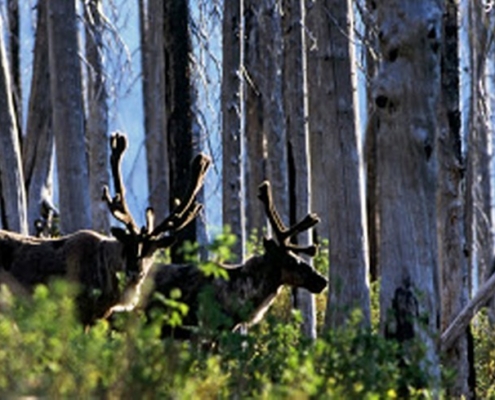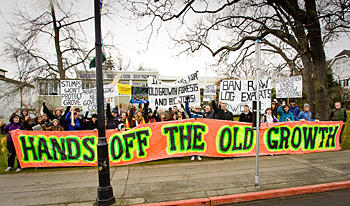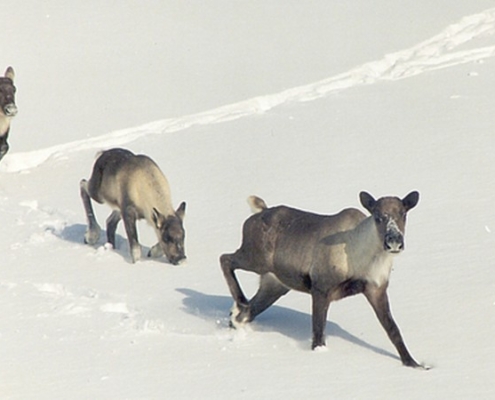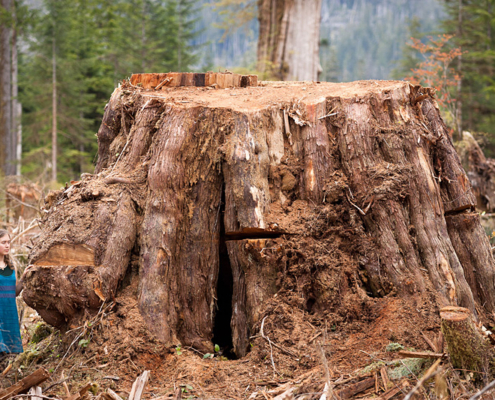
A provincial NDP government would kill Pacific Carbon Trust
The Climate Action Secretariat would take over from the trust, with carbon-tax revenues used to fund transit and other green projects, he said. Levies paid by hospitals, Crown corporations and post-secondary schools would fund energy-efficiency upgrades for those institutions.

Caribou count may be lowest ever
“We’re watching the demise of something comparable to the decline of the buffalo on the prairies.”

EARTH DAY events in VICTORIA and VANCOUVER with the AFA THIS WEEKEND
VICTORIA:
Creatively United for the Planet
FRI-SUN APRIL 19-21, 2013
St. Ann’s Academy, 835 Humboldt St., Victoria
VANCOUVER:
Earth Day Parade & Celebration
SAT APRIL 20, 2013
11:00am: Parade starting at Commercial and 8th Ave, Vancouver
12:00-3:00pm: Celebration at Grandview Park (Commercial Drive and Charles St., Vancouver)

Conservationists Launch Petition for BC’s Endangered Mountain Caribou, Call on BC’s Politicians to Protect Ecologically Vital Forests
Clearcuts adjacent to Mountain Caribou habitat support increased moose and deer, and so bolster predator populations that also prey on caribou. Mountain Caribou are the world’s most southerly reindeer and Canada’s largest old-growth dependent animal. Resident almost exclusively in British Columbia, their population has declined precipitously in recent decades.

NDP’s forestry-policy plank sparks partisan ire, disappoints ecologists
New Democrat Leader Adrian Dix has released a multimillion dollar election plan that he believes will help grow and improve B.C.'s forest industry, but critics say the proposal makes promises that will be hard to keep.

NDP forest plan ‘minor deviation from unsustainable status quo’: critic
The New Democratic Party's forestry platform released this morning is a major disappointment, said Ken Wu, the executive director of the Ancient Forest Alliance environmental group. "I'm just looking at this with rage here," he said in an interview. "This is a minor deviation from the unsustainable status quo."

NDP Forestry Platform Fails Ecologically and Continues the Unsustainable Status Quo of Old-Growth Depletion and Overcutting
“This is a disappointing flop of a forestry platform, ecologically-speaking. It continues the unsustainable status quo of resource depletion in this province that is causing the collapse of species, ecosystems, and human communities. Nowhere does it mention the need to protect endangered old-growth forests and to ensure sustainable second-growth forestry, the central forestry land-use conflicts. All it says is to plant more trees. Tree farms do not replicate ancient forests for supporting endangered species, tourism, the climate, clean water, or wild salmon,” stated Ken Wu, Ancient Forest Alliance executive director.

AFA’s Old-Growth Forestry “Report Card” for the BC Liberals, NDP, Greens, and Conservatives
The following is a summary on the positions of BC’s main political parties on old-growth related forest policies and some additional forest policies. The Ancient Forest Alliance is calling on BC’s political parties to commit to a science-based “Old-Growth Protection Act” with targets and timelines to end old-growth logging in endangered regions and to ensure a sustainable, value-added second-growth forest industry instead.
NEW Old-Growth Protection Act! SEND a MESSAGE to the NDP-Government-in-Waiting
A proposed BC “Old-Growth Protection Act” has just been released by the Environmental Law Centre at the University of Victoria. The science-based plan would incorporate timelines to immediately end or quickly phase-out old-growth logging in endangered regions of BC.

Ancient Forest Alliance calls for science-based forest plan
The proposed Old-Growth Protection Act was produced by the clinic at the request of the Ancient Forest Alliance. The group’s executive director, Ken Wu, hopes it will spur the government to action.
